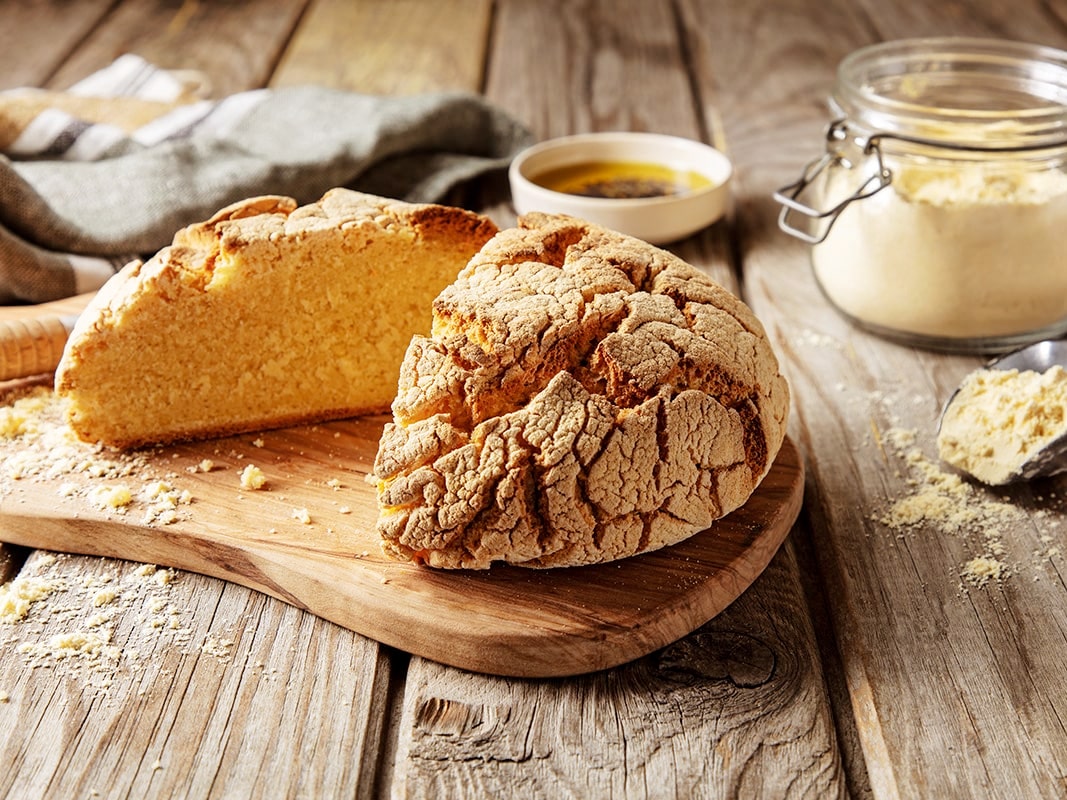Broa de Milho is a traditional Portuguese cornbread with a rustic texture and a slightly sweet, nutty flavor. Originating from rural Portugal, it combines cornmeal and wheat or rye flour to create a hearty bread that pairs beautifully with soups, stews, or cheese.
Unlike its American counterpart, this cornbread is yeast-leavened, making it dense and satisfying. Broa de Milho is a staple in Portuguese households, celebrated for its simplicity and versatility.
Ingredients:
- 2 cups yellow cornmeal
- 1 ½ cups rye flour or all-purpose flour
- 1 ½ teaspoons salt
- 1 ½ teaspoons sugar
- 2 teaspoons active dry yeast
- 1 cup warm water (about 110°F)
- 1 cup boiling water
- 2 tablespoons olive oil
Instructions:
- In a large mixing bowl, combine the cornmeal and salt. Pour the boiling water over the mixture, stirring quickly to create a thick paste. Let it cool to room temperature.
- In a small bowl, dissolve the yeast and sugar in the warm water. Let it sit for 5-10 minutes until frothy.
- Add the yeast mixture and olive oil to the cooled cornmeal paste. Gradually incorporate the rye or all-purpose flour, mixing until a soft dough forms.
- Knead the dough on a floured surface for about 8-10 minutes until smooth and elastic. The dough will be slightly sticky but manageable.
- Place the dough in a greased bowl, cover with a clean kitchen towel, and let it rise in a warm place for 1-1 ½ hours, or until doubled in size.
- Punch down the dough and shape it into a round loaf. Place it on a parchment-lined baking sheet or a floured proofing basket.
- Cover loosely with a towel and let it rise again for 30-45 minutes.
- Preheat your oven to 400°F. Place a baking dish with water on the bottom rack to create steam for a crusty exterior.
- Bake the bread on the middle rack for 35-40 minutes, or until the crust is golden and the bread sounds hollow when tapped.
- Allow the broa to cool on a wire rack before slicing. Serve with butter, cheese, or as an accompaniment to soups and stews.


